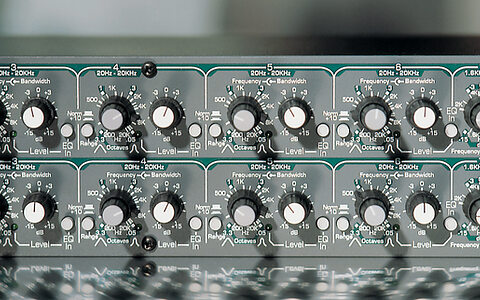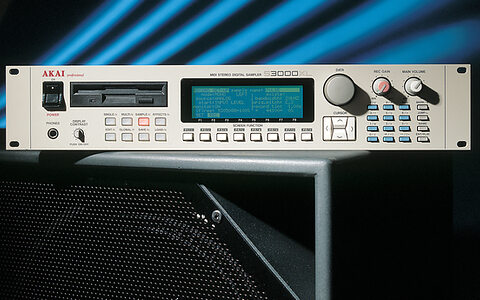
Spectra Plus
The technology that lets your PC speak can equally well make it listen. Brian Heywood gets all analytical on us...

The technology that lets your PC speak can equally well make it listen. Brian Heywood gets all analytical on us...

If you don't have a multitrack but you're keen to start experimenting with recording, good results can be achieved with just a couple of mics and a domestic cassette deck. Paul White shows you how to be a stereo MC...

Most synths now boast an infinite variety of sounds, but what the manuals don't tell you is that you need an infinite amount of time to explore them properly. Paul White suggests some short cuts to synth heaven.

Paul White concludes this series with a look at phrase and loop sampling, the use of keygroups and mapping, and the use of the modern sampler as a synthesizer.

Ofir Gal reports back from a show in London which proves, once again, that there's life in Atari computers yet — even if Atari themselves don't agree!


When it comes to cabling, it pays to have the right connections. Paul White makes the introductions.

Brian Heywood considers what 1996 will bring the PC-based musician, and decides it will be the year of the DAM...

Martin Russ considers some ways of realising sound synthesis on your Mac using system or third-party software, and concludes his look at the PCI buss.

You might think that EQ is simply a tone control, but as Paul White explains, it's really a powerful mind-manipulating tool inextricably linked to the survival of the species!

Paul White continues his introduction to sampling with a look at some of the extras, accessories and peripherals that you might need in order to get the most out of your new purchase.

Most of the time, inspiration doesn't so much strike as go on strike — so what can be done to coax it back to work? Paul White proffers a few suggestions.

Buying your first synthesizer can expose you to apparently meaningless technical specifications, conflicting advice, and overwhelming technical jargon. Confused? You won't be, after reading Derek Johnson & Debbie Poyser's plain English guide to making the right choices.

Noise reduction comes in various guises, with Dolby alone offering five different systems. Paul White explains the difference between Dolby, dbx and a bag on your head...


A true understanding of any piece of studio gear only comes after using it for months, or even years. 1995's Reader Survey suggested that more features would be welcome from people with such 'Long-term' gear experiences, so, in the first part of this occasional series, Janet Harniman-Cook reveals the truth about her PC sequencing and digital recording setup.

Martin Russ continues his look at computer busses and reports back from the recent Apple Expo show.

The information superhighway, the 'Net, you name it, the hype just goes on and on... Ofir Gal finds out how music-making Atari users can join in the fast lane.

Following the demise of the Windows MIDI Mapper under Windows '95, Brian Heywood considers ways of setting up alternative MIDI patch maps on your PC, and looks back on his personal favourite products of 1995...

Paul Overaa goes behind the scenes at Tangent Music and discovers a rather unusual Amiga connection...